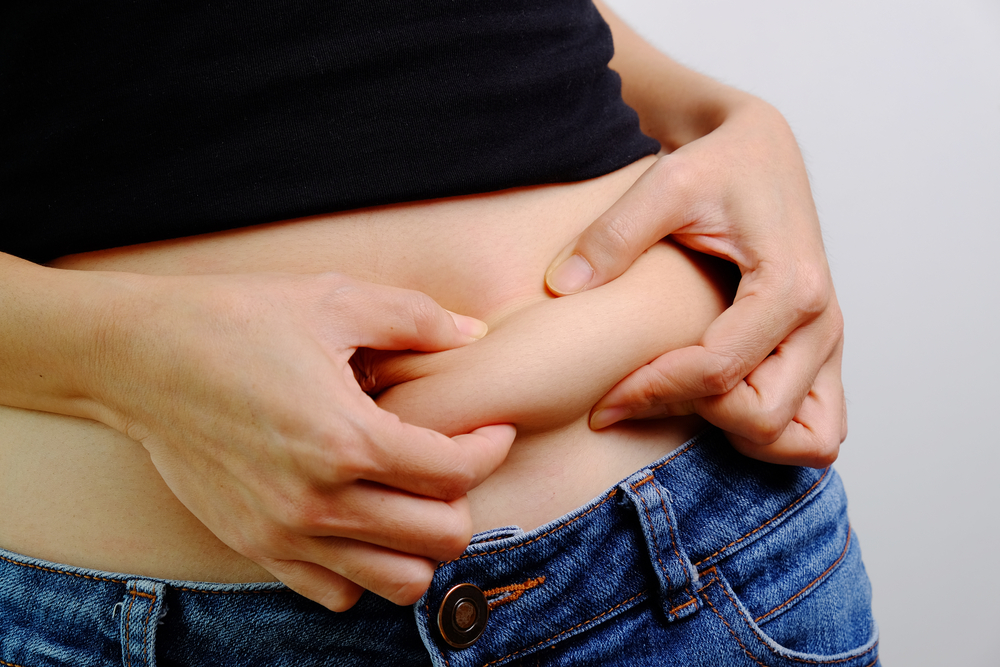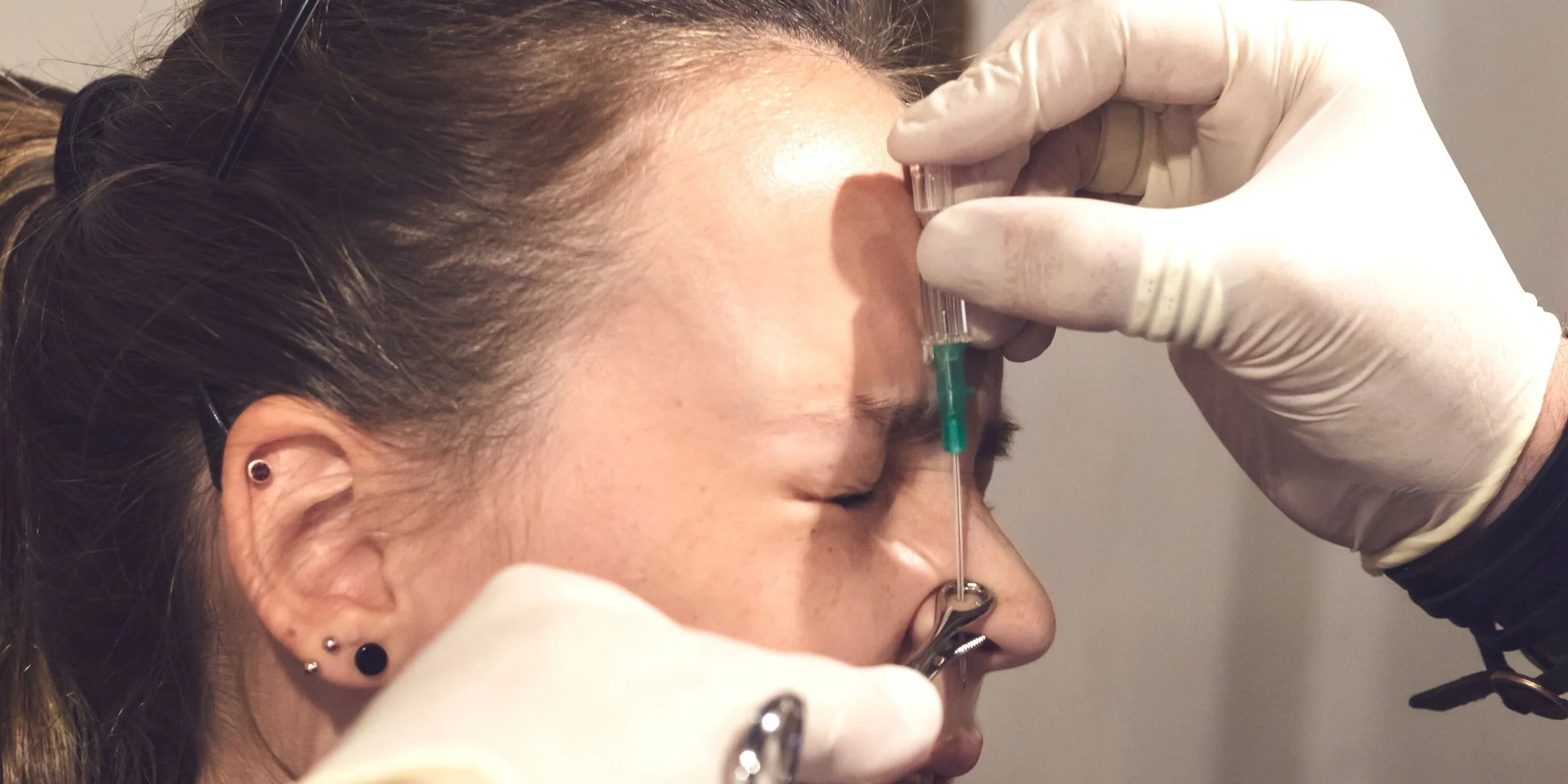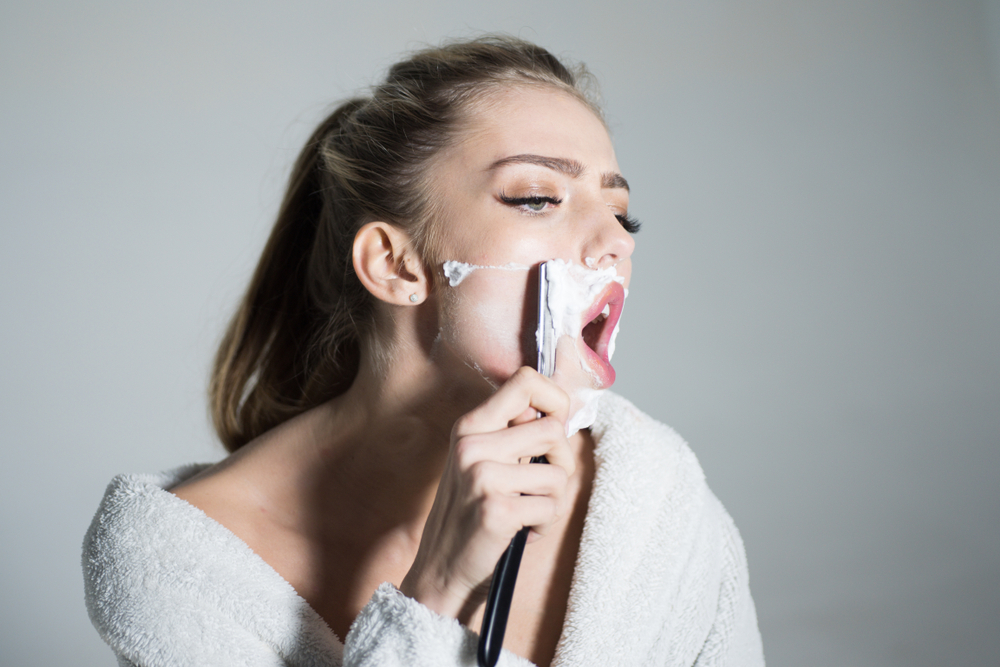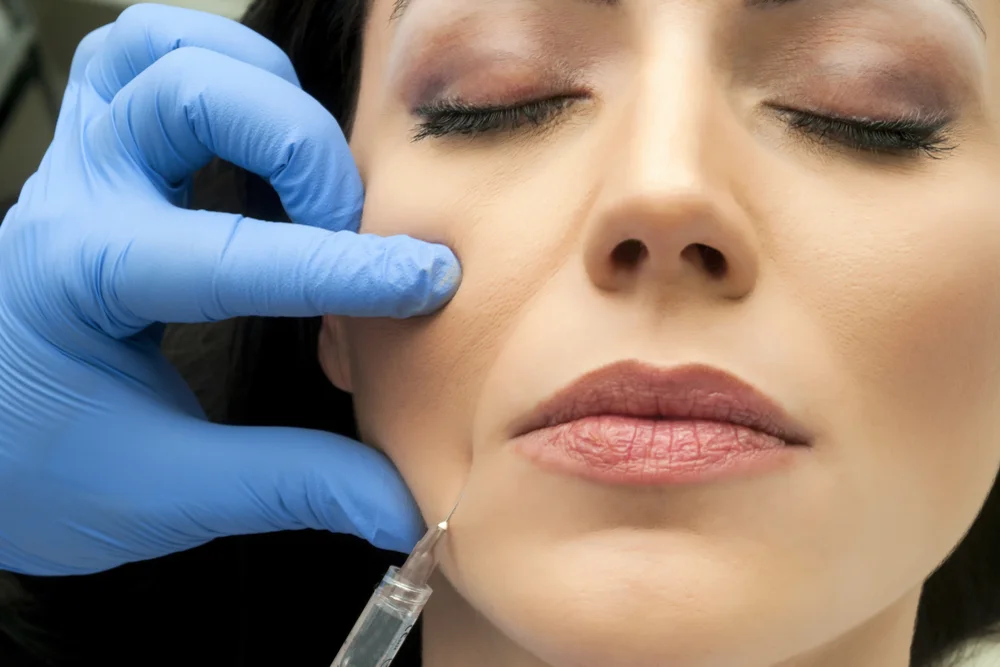There’s a plethora of options nowadays for honing and sculpting your physique into a work of art. When diet and exercise just don’t cut it, an increasing number of people choose non-invasive body contouring procedures to get rid of stubborn fat deposits.
With patients willing to pay thousands of dollars for these treatments, competition between medical providers is fierce. According to the International Association for Physicians in Aesthetic Medicine (IAPAM), advertising for nonsurgical fat reduction devices has exploded in recent years, making it difficult for consumers to figure out which option works best.
Here we focus on two of the biggest players in the industry — CoolSculpting and SculpSure — with advice from expert surgeons on the pros and cons of each approach.
CoolSculpting: Freezing Fat Away
CoolSculpting by Zeltiq has been on the market for about 7 years. It uses a technique called cryolipolysis to literally freeze away fat cells, which are then absorbed by the body and naturally eliminated.
According to Amanda Kuschak, head of medical aesthetics at Cosmedica Clinic in Montreal, Canada, one of CoolSculpting’s most interesting features is its ability to target fat cells at just the right depth under the skin, without causing any damage to the muscles or internal organs.
“It’s very safe — there’s absolutely nothing to worry about,” says Kuschak. “Over the following four months the fat cells die off and are collected by the lymphatic system before being processed through the liver and excreted.”
Once the treated fat cells are gone, they’re gone for good. And even if you gain a significant amount of weight (30 pounds or more, according to Kuschak), the treated areas of your body will still be slimmer than if you hadn’t had the treatment.
“It basically kills up to 25% of the pinchable fat in the treatment area,” says Kuschak.
A CoolSculpting sessions lasts anywhere between 35 minutes and 2 hours, depending on the area treated and the specific applicator being used.
Kuschak explains: “Most patients will do one or two treatments, but it takes about four months to see the full results. I start by taking pictures of the treatment area prior to the first session, and follow up with a second session 8 weeks later. After 16 weeks we meet again to determine if another session is needed. I would say that 50% of patients stop at one treatment, and then end up going to another body area.”
CoolSculpting Pros
- The technology has been around for years, providing proven, effective results.
- Can be used for harder to reach areas like the neck, chin, arm fat, back rolls, inner thighs, and bra line.
- Some providers offer DualSculpting, using two CoolSculpting machines simultaneously to speed up the treatment.
- No downtime.
CoolSculpting Cons
- Some patients feel a mild discomfort from the suction cup when it’s taken off.
- The frozen area is massaged briefly after the treatment to help break up the fat cells and bring the skin back to its normal temperature, which can cause discomfort.
- Not for patients suffering from liver cirrhosis or during pregnancy.
- Mild bloating and swelling is possible.
- Numbness to the touch (but no pain) for approximately 2 weeks.
RELATED: Does CoolSculpting Work — Treatment Areas, Reviews, Before and Afters, Cost
Sculpsure: Light-Based Body Contouring
Where CoolSculpting fights fat with cold, Sculpsure uses laser-focused heat. This relatively new procedure by Cynosure produces 1060-nanometer diode laser beams that reach a temperature of 107.6 to 116.6°F. In other words, it’s just warm enough to destroy the fat cells underneath the skin, while leaving other tissues unharmed.
Some discomfort is to be expected during the treatment. Most patients describe it as prickling, pinching sensation, which at its worst can feel like strong menstrual cramps. However, surgeons can adjust the device’s settings based on their patient’s feedback in order to minimize these unpleasant effects.
What’s described as the “fat destruction zone” is the ideal depth and temperature threshold which, according to Cynosure, can result in a 24% reduction of fat in the treated area after only one session.
Dr. Sean Rice, Founder and Director of the Rice Cosmetic Surgery Clinic in Toronto, Canada, was the first Canadian plastic surgeon to offer SculpSure, which is marketed as the world’s first hyperthermic laser for non-invasive body contouring.
“Patented, breakthrough light-based technology utilizes a selective wavelength laser that precisely targets fat cells under the skin,” explains Dr. Rice. “The laser raises the temperature of body fat to disrupt and destroy these cells, which are then naturally eliminated over time and do not return. I chose SculpSure because it only takes 25 minutes, is customizable, with multiple applicators, and has no downtime, allowing my patients to resume regular activity immediately.”
SculpSure Pros
- Minimal discomfort during the treatment, which is performed in under 30 minutes.
- No downtime, although some patients experience swelling and bruising.
- Other than pregnant women, almost anyone can have it.
- Many applicators and sizes to choose from, which can be used to different treat areas of pinchable and non-pinchable fat – including the chin.
- As an added benefit, SculpSure stimulates collagen production in the skin, increasing lift and firmness in the treated area.
Sculpsure Cons
- Treated areas will feel tender for a few days post-treatment. Can cause bruising and swelling.
- No direct sun exposure allowed for a week before and after the treatment, as it might cause sunburn.
- Must generally wait 6 weeks or more before getting a second treatment.
- Some patients report the development of bumps and nodules on the skin. These can be massaged and will go away on their own.
- Results take a little longer to start showing than other non-invasive treatments.
Hot or Cold? The Verdict
Dr. Bruce Katz of JUVA Skin & Laser Center in New York, NY was among a select group of doctors who performed clinical trials for SculpSure before the procedure received FDA clearance.
According to Dr. Katz, SculpSure and CoolSculpting are very similar in terms of areas covered, treatment time, recovery, and results.
“Neither procedure requires anesthesia, and both have been cleared by the FDA,” says Dr. Katz. “One major way SculpSure differs from CoolSculpting is the ability to treat more than one area of the body at once, whereas CoolSculpting can only be focused on one part of the body, unless the clinic has two CoolSculpting machines, in which case the practitioner might perform Dualsculpting.”
The main differentiator is the price: the average cost of CoolSculpting ranges between $2,500 and $4,000, whereas a single SculpSure session generally costs half as much. However, multiple sessions may be required to attain optimal results.
Many doctors will argue that nothing beats liposuction – especially in this price range. One doctor with whom we spoke anonymously dismissed CoolSculpting and SculpSure, saying that “these cosmetic, non-invasive procedures will suit people who have limited expectations — but for approximately $3,000 more, we can perform liposuction and deliver much more permanent and dramatic results.”









